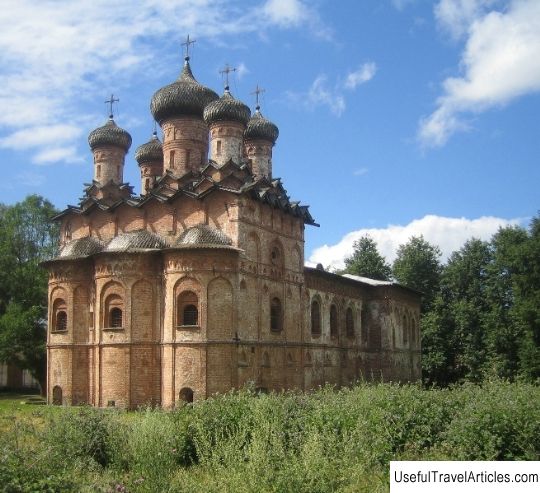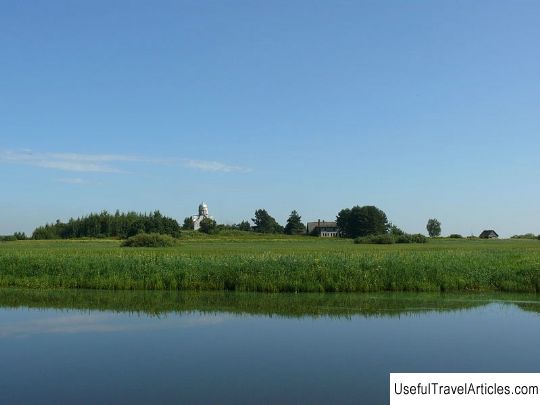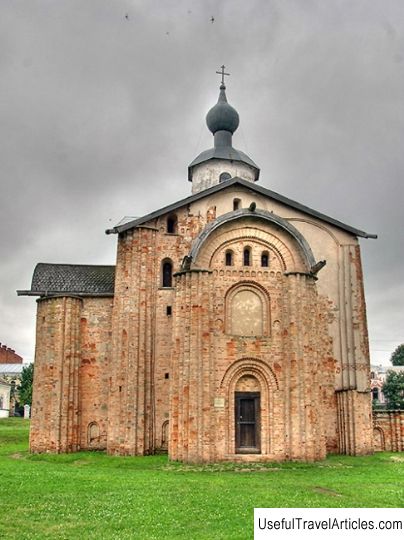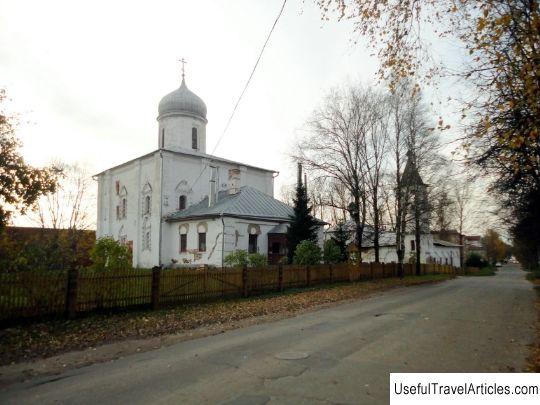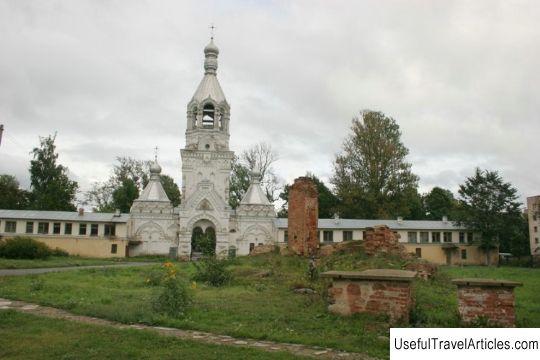Perynsky skete description and photos - Russia - North-West: Veliky Novgorod
Rating: 7,9/10 (4905 votes) 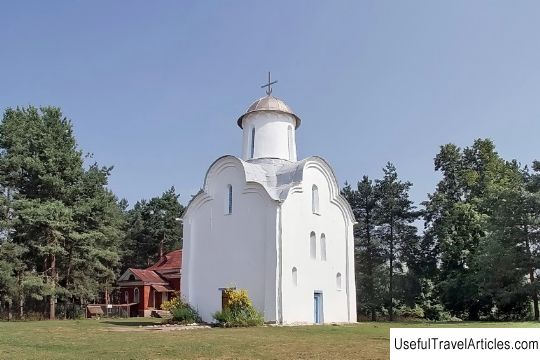
Perynsky skete description and photo - Russia - North-West: Veliky Novgorod. Detailed information about the attraction. Description, photos and a map showing the nearest significant objects. Photo and descriptionNot far from the Yuryev Monastery, at the headwaters of the Volkhov in an unusually picturesque place, there is the Perynsky Skete of the Nativity of the Virgin. In this place, in pre-Christian times, the temple of Perun was located, which has been mentioned since the 6th century. In 989 the city of Novgorod was baptized by Bishop Joachim Korsunyanin. Then the temple was destroyed, and the statue of the god Perun made of wood was thrown into the river. In 995, the bishop built a church here in honor of the Nativity of the Virgin, which had been here for over 200 years, but almost nothing is known about it. Most likely, a monastery was created at this time, but the first chronicles mention it only in 1386: it was on the list of monasteries that were burned by Novgorodians when the troops of Prince Dmitry Donskoy approached. The appearance of the stone church of the Nativity of the Virgin dates back to the 30s of the 13th century. The basis of the building that has come down to us is the masonry of the pre-Mongol period, which is a combination of thin brick and limestone - these are plinths that were laid on a limestone mortar, to which brick chips were added. The cross crowning the church is represented by a domed cross with a crescent, which was typical of pre-Mongol times. It is known that the crescent moon located under the cross is in origin a stylized vine and has absolutely nothing to do with the symbolic image of Islam, although it has many Christian interpretations. In the Perynsky monastery in 1528, a wooden refectory was built and Trinity Church. At the time of the Swedish occupation in 1611-1617, the monastery was plundered and burned. To support the abandoned church in 1634, it was assigned by the royal charter to the St. George Monastery. Throughout 1764, under Catherine II, church-land reform was carried out. According to the reform, all church lands were transferred into the hands of the state, and most of the monasteries were simply closed. There were 953 monasteries in total, of which only 224 were left in the state, and 161 outside the state, i.e. on its content. The number of monks has more than halved and amounted to about 5 thousand. The church's income fell almost threefold. At the same time, the Perynsky monastery was abolished, and its church was converted into a parish; all buildings were dismantled and transferred to the St. George Monastery. The revival of the Perynsky Monastery is associated with the name of Archimandrite Photius. As a hieromonk in St. Petersburg, Photius categorically disagreed and opposed the mysticism educated in the strata of the population, as well as the doctrine that preached the communion of man with God without the participation of the Church and its rituals. For this kind of activity, Photius was transferred to Novgorod in 1821. In 1822, Photius was appointed archimandrite of St. George's Monastery, which he remained until his death. With the help of huge funds from his good friend Anna Orlova-Chesmenskaya, he managed to make a full-fledged monastery. Soon, the Church of the Nativity of the Virgin was assigned to the St. George Monastery. The outer and inner walls of the temple were repaired and re-painted, and on the west side an extensive extension was built, a chapter was made and the floors were repaired. As soon as the renovation was completed, in 1828, the church was lit up. During 1941-1945, a front line passed in the area of the Perynsky skete, and its territories were occupied. In 1951-1952 archaeological excavations were carried out led by A.V. Artsikhovsky; at this time traces of an ancient temple were discovered. The last restoration work awaited the Perynskaya church in 1962-1965. In 1991, the entire Perynsky peninsula with buildings and a temple was given into the hands of the Orthodox Russian Church. After the last restoration of the interior was carried out, Starorussky Lion and the Archbishop of Novgorod consecrated the temple on March 10, 2001. At the moment, the church is being reborn as the skete of the St. George Monastery.      We also recommend reading Tromso university museum description and photos - Norway: Tromso Topic: Perynsky skete description and photos - Russia - North-West: Veliky Novgorod. |
